Ancient urban centers served as the heart of civilization, where culture, politics, and economy converged to create vibrant societies. These cities were not merely collections of buildings and streets; they were dynamic hubs that facilitated the exchange of ideas, goods, and services. From the bustling streets of Mesopotamia’s Ur to the grand avenues of Rome, these urban centers were characterized by their complex social structures and diverse populations.
The emergence of these cities marked a significant turning point in human history, as they allowed for the development of specialized roles and the accumulation of wealth, which in turn fostered innovation and cultural achievements. The rise of ancient urban centers can be traced back to the advent of agriculture, which provided a stable food supply and allowed populations to grow. As people settled in one place, they began to form communities that evolved into cities.
These urban centers often emerged near rivers or fertile plains, which facilitated agriculture and trade. The concentration of people in these areas led to increased interactions among different groups, resulting in a melting pot of cultures and ideas. This interaction was crucial for the development of writing systems, legal codes, and religious practices, all of which were foundational to the functioning of these early urban societies.
Key Takeaways
- Ancient urban centers were important hubs of economic and social activity, serving as the focal points for trade, commerce, and specialized crafts.
- Trade and commerce played a crucial role in the development and prosperity of ancient urban centers, facilitating the exchange of goods and services between different regions and cultures.
- Economic activities in ancient urban centers were often specialized, with skilled craftsmen producing a wide range of goods such as pottery, textiles, and metalwork.
- Marketplaces in ancient urban centers were vibrant spaces where goods were bought, sold, and exchanged, contributing to the economic growth and cultural exchange of the city.
- The government played a significant role in regulating markets in ancient urban centers, ensuring fair trade practices and maintaining order in commercial activities, which in turn impacted the overall development of the city.
Trade and Commerce in Ancient Urban Centers
Trade and commerce were vital components of ancient urban centers, driving economic growth and fostering connections between distant regions. The establishment of trade routes allowed cities to exchange goods not only with neighboring settlements but also with far-off lands. For instance, the Silk Road connected the East and West, facilitating the exchange of silk, spices, and precious metals.
Similarly, the Mediterranean Sea served as a conduit for trade among various civilizations, including the Greeks, Phoenicians, and Romans. These trade networks were instrumental in spreading not just commodities but also ideas, technologies, and cultural practices. In many ancient urban centers, marketplaces emerged as focal points for commerce.
These bustling hubs were often strategically located at crossroads or near important resources, making them accessible to traders and consumers alike. The markets were characterized by a diverse array of goods, ranging from everyday necessities like grains and textiles to luxury items such as jewelry and exotic spices. Merchants played a crucial role in these economies, often traveling long distances to procure goods that would be sold in their home cities.
The wealth generated through trade contributed to the growth of urban centers, allowing for the construction of monumental architecture and public works that symbolized the power and prestige of these civilizations.
Economic Activities and Specialized Crafts

The economic landscape of ancient urban centers was marked by a variety of specialized crafts that emerged as a response to the demands of urban life. As cities grew, so did the need for skilled artisans who could produce high-quality goods. This specialization led to the development of various crafts such as pottery, metallurgy, weaving, and woodworking.
For example, in ancient Mesopotamia, skilled potters created intricate ceramics that were not only functional but also served as artistic expressions. Similarly, in ancient Egypt, artisans produced exquisite jewelry and decorative items that reflected the society’s wealth and religious beliefs. The rise of specialized crafts also had significant implications for social organization within urban centers.
Artisans often formed guilds or associations that regulated their trades, established standards for quality, and provided mutual support among members. These guilds played a crucial role in maintaining the integrity of their crafts while also fostering a sense of community among artisans. The existence of specialized crafts contributed to economic diversification within urban centers, allowing for greater resilience against economic fluctuations.
As cities became more interconnected through trade networks, the demand for specialized goods increased, further enhancing the status of artisans within their societies.
Marketplaces and Exchange of Goods
Marketplaces in ancient urban centers were vibrant spaces where commerce thrived and social interactions flourished. These markets were often organized around specific days or seasons when traders would gather to sell their goods. In ancient Athens, for instance, the Agora served as both a marketplace and a civic center where citizens engaged in discussions about politics and philosophy while shopping for goods.
The layout of these marketplaces was typically designed to facilitate easy movement and access to various stalls, creating an atmosphere that encouraged trade. The exchange of goods in these marketplaces was not limited to simple bartering; rather, it involved complex transactions that included currency exchange in some regions. The introduction of coinage revolutionized trade by providing a standardized medium for transactions.
In Lydia, one of the first known places to mint coins around 600 BCE, merchants could conduct business more efficiently without the need for weighing precious metals each time they made a purchase. This innovation not only simplified trade but also contributed to the growth of economies by enabling larger-scale transactions and fostering trust among traders.
Role of Government in Regulating Markets
Governments in ancient urban centers played a crucial role in regulating markets to ensure fair trade practices and maintain social order. Authorities established laws governing weights and measures to prevent fraud and protect consumers from unscrupulous merchants. In ancient Rome, for example, officials known as “aediles” were responsible for overseeing market activities, ensuring that prices remained fair and that goods met quality standards.
This regulatory framework was essential for maintaining public trust in the marketplace and promoting economic stability. Additionally, governments often imposed taxes on trade activities to generate revenue for public projects and services. These taxes could take various forms, including tariffs on imported goods or sales taxes on transactions conducted within city limits.
By actively regulating markets and collecting taxes, governments not only supported economic growth but also reinforced their authority over urban centers.
Impact of Markets on Urban Development

Infrastructure Development and Cultural Exchange
Roads were constructed to facilitate transportation between markets and surrounding areas, while public buildings such as temples and theaters were erected to serve as cultural landmarks. Moreover, markets attracted diverse populations seeking economic opportunities, leading to increased cultural exchange and social dynamism within urban centers.
Cultural and Intellectual Advancements
For instance, Alexandria in Egypt became a melting pot of Greek, Egyptian, Jewish, and other cultures due to its status as a major trading hub. The interactions among these diverse groups contributed to advancements in philosophy, science, and art that would leave a lasting legacy on human civilization.
Legacy of Ancient Urban Centers
In conclusion, ancient urban centers were not just physical spaces; they were vibrant ecosystems where trade, commerce, specialized crafts, government regulation, and cultural exchange coalesced to shape human history. The intricate relationships between these elements fostered economic growth and social cohesion while laying the groundwork for future civilizations. The lessons learned from these ancient urban centers continue to resonate today as modern cities grapple with similar challenges related to trade dynamics and urban development.
One interesting related article to Markets and Economic Activities in Ancient Urban Centers is Economic Importance and Applications of Microbes in Various Industries. This article explores the role of microbes in different industries and their impact on the economy. It delves into how these tiny organisms play a crucial role in various processes, from food production to waste management, highlighting their economic significance in modern society. Understanding the economic importance of microbes can provide valuable insights into how ancient urban centers may have utilized these organisms in their economic activities.
FAQs
What were the main economic activities in ancient urban centers?
In ancient urban centers, the main economic activities included agriculture, trade, manufacturing, and craftsmanship. These activities were essential for the development and sustenance of the urban centers.
What role did markets play in ancient urban centers?
Markets were crucial in ancient urban centers as they served as hubs for trade and commerce. They provided a platform for the exchange of goods and services, and also facilitated social interactions and cultural exchange.
How did ancient urban centers contribute to the development of economic systems?
Ancient urban centers played a significant role in the development of economic systems by creating a demand for specialized goods and services, fostering the growth of trade networks, and laying the foundation for complex economic structures.
What were the key factors that influenced economic activities in ancient urban centers?
Factors such as geographical location, natural resources, technological advancements, political stability, and social organization influenced economic activities in ancient urban centers. These factors shaped the economic landscape and determined the prosperity of the urban centers.
What impact did economic activities in ancient urban centers have on the surrounding regions?
The economic activities in ancient urban centers had a profound impact on the surrounding regions by stimulating economic growth, promoting cultural exchange, and influencing social and political dynamics. They also contributed to the development of regional trade networks and the spread of ideas and innovations.







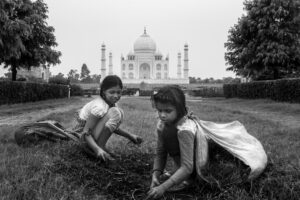




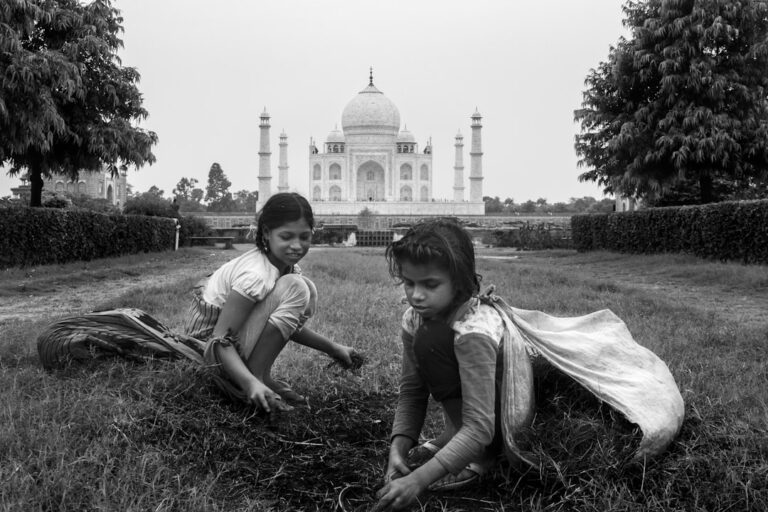


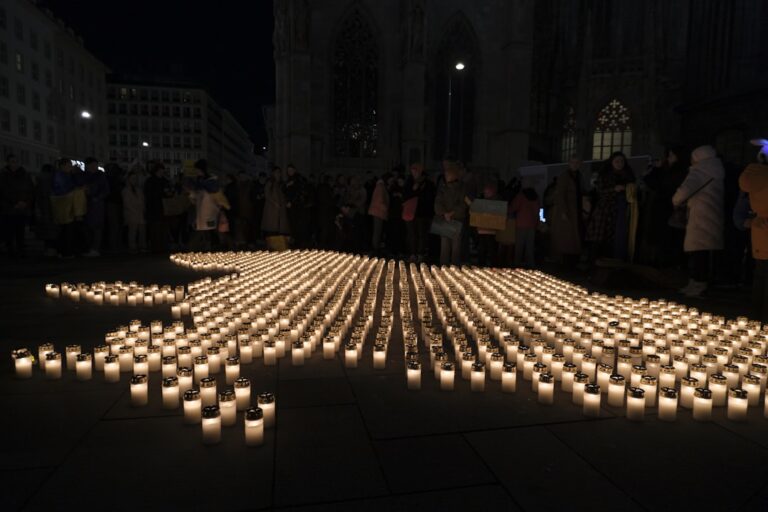
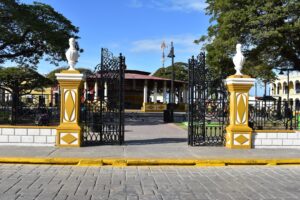




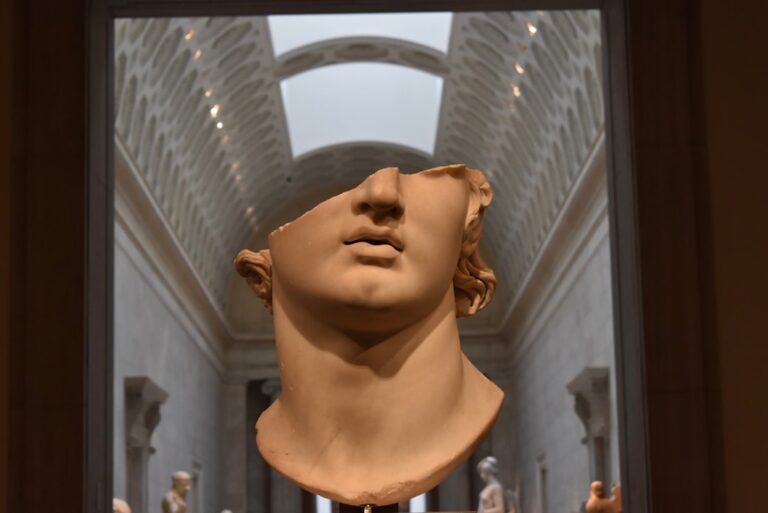
+ There are no comments
Add yours